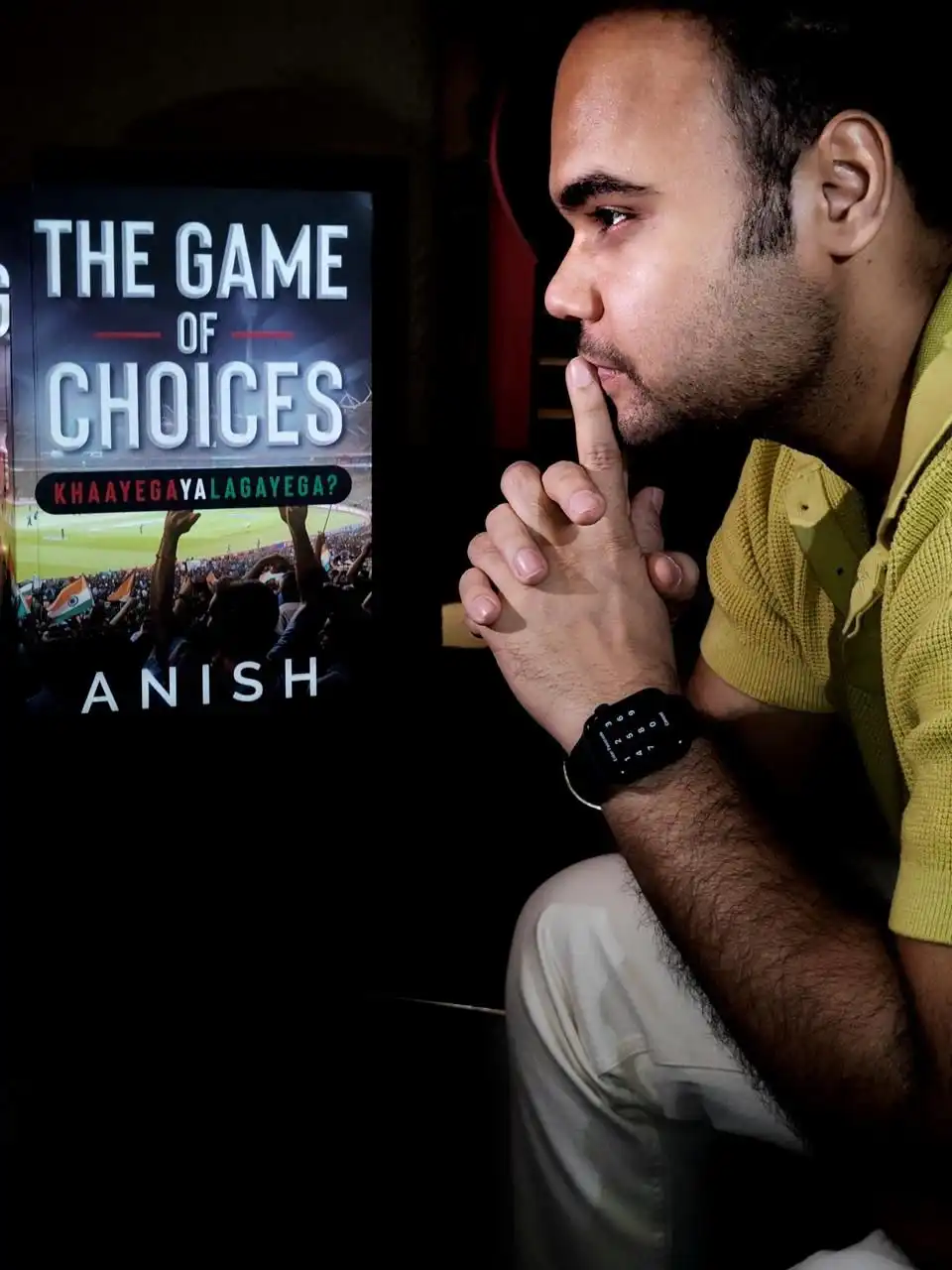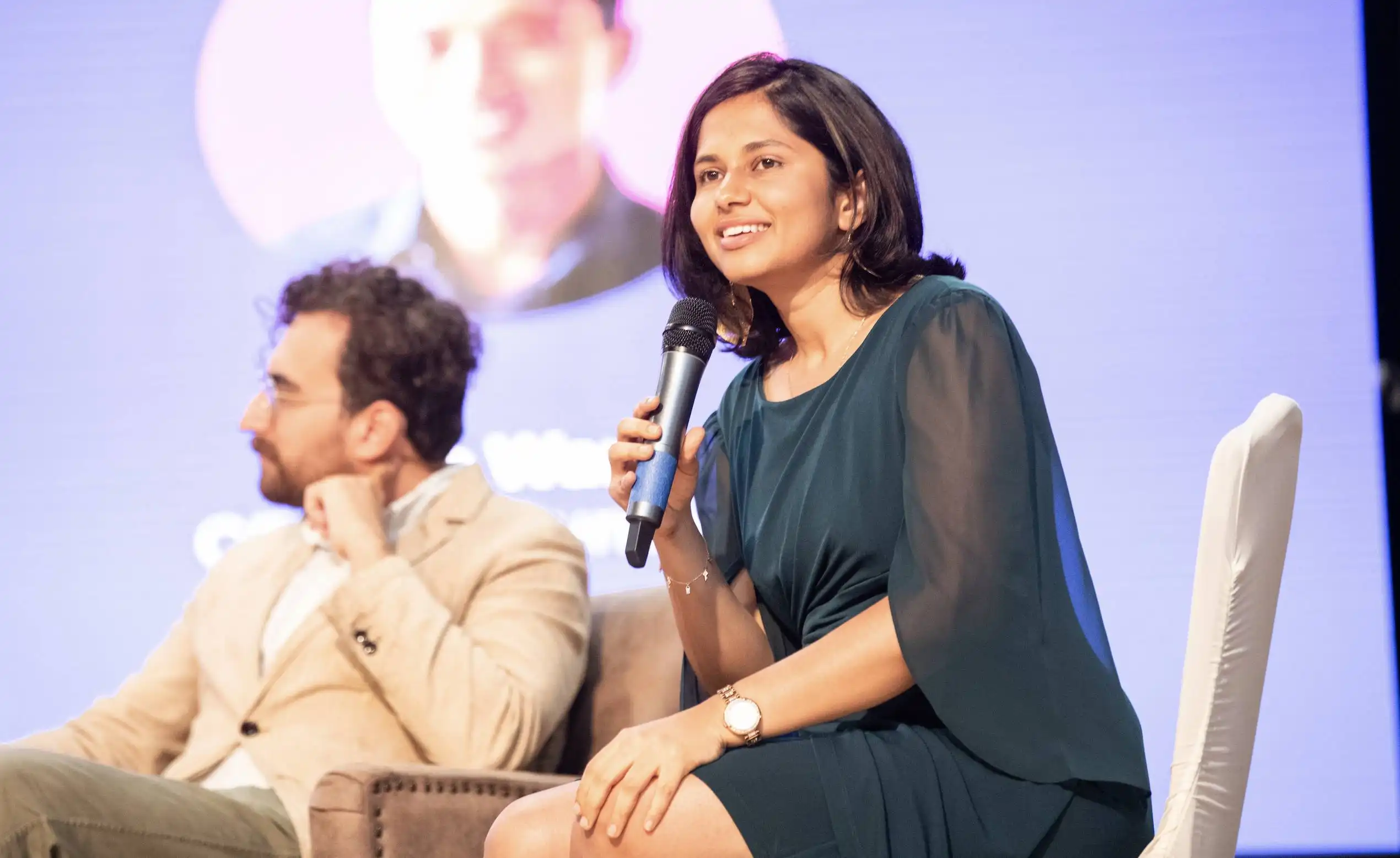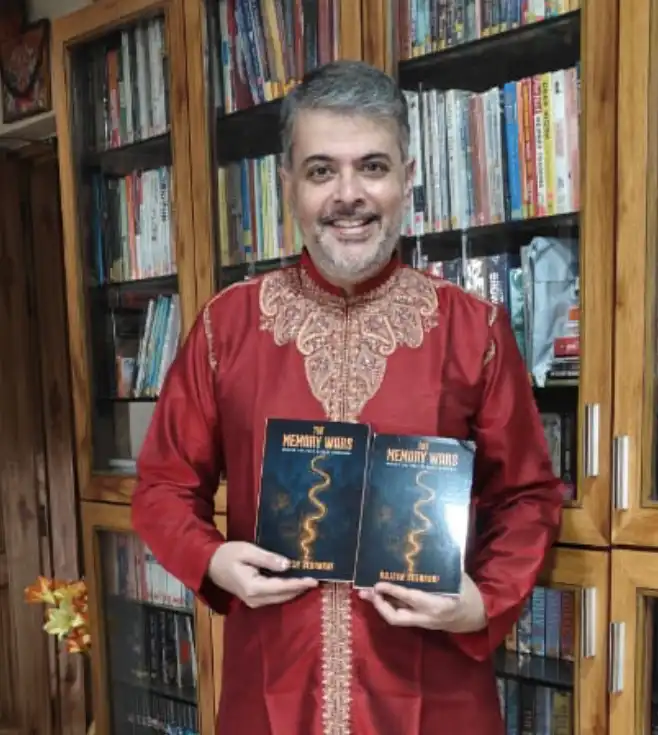In a world driven by reels, algorithms, and surface-level consumption, telling complex, meaningful stories is a quiet rebellion. But complexity in storytelling doesn’t necessarily mean confusing plots or convoluted twists. It means diving deep into human emotion, contradiction, vulnerability, and the silent chaos within us—and expressing that truth across different mediums.
For me, storytelling began with theatre. It shaped my instinct to feel the rhythm of scenes, the emotion in silence, and the power of presence. That journey led me to write my first book, The Game of Choices, and more recently, to direct and release my first independent feature film, Bhav Bhagwan Che, which is part of an anthology web series, The Social Media Drug. Each of these mediums—book, film, and music—have taught me that while the form may change, the pursuit remains the same: connection. I’ve come to understand that the heart of any powerful story lies not in what is told, but how it’s told.
The Game Of Choices Book : A Dialogue with the Inner Self
Writing The Game of Choices was a deeply personal experience as I was attempting to demonstrate a core philosophy with the help of a story based on Cricket and betting. Books offer the most intimate form of storytelling. They allow readers to enter a world built entirely out of words and imagination. This creates a meditative space for complexity—layered emotions, inner monologues, symbolic metaphors—all to be absorbed slowly.
The strength of the story rested solely on the power of language and the emotional weight behind every sentence. The challenge, however, is that writing demands precision. You must hold the reader’s attention through pages of abstract thought or metaphor. If you get trust—the reader’s unfiltered attention—and that is sacred, then you should try to enhance their experience by offering them what they weren’t expecting.
And that lesson stayed with me as I moved into filmmaking.
The Social Media Drug: Turning Solitude into Cinematic Storytelling
Film is the most immersive medium—engaging the visual, auditory, and emotional all at once. If a book is a conversation, a film is a living, breathing spectacle. But that power demands discipline; the more senses involved, the more coherent the story must be.
When I made Bhav Bhagwan Che, a 66-minute indie film inspired by real events, I wasn’t just crafting a plot—I was building an atmosphere. Every frame, every sound had intention. It was an experience built from the ground up, with no crew or financial backing—just passion and perseverance.
Unlike books, film offers tools like silence, visuals, pacing, and performance—all working together to evoke meaning beyond words. A glance can replace a paragraph. A silent room can scream. Non-linear timelines and dream sequences become powerful tools for layered storytelling.
Bhav Bhagwan Che is part of my anthology The Social Media Drug, and explores the chaotic world of the Indian stock market—driven by blind speculation and rapid downfall. I wrote, directed, produced, and funded it myself. Telling this story on film let me capture not just events, but emotion.

Music: My Silent Collaborator in All Projects
Music has been a silent collaborator in all my creative projects. During the editing of Bhav Bhagwan Che, I would often play the same instrumental tracks on loop—not because they matched the visuals, but because they matched the feeling.
Music is the most abstract medium of storytelling, and often the most powerful. It bypasses logic and directly triggers memory, mood, or meaning. A few notes can take you back ten years or break your heart in three seconds. For me, music isn’t just played in the background. It’s a narrative tool. This is why I always keep original soundtracks produced specifically for my projects. The Game Of Choices had 3 soundtracks which can be heard while reading specific chapters of the book to enhance the mood or as a standalone album as well. Similarly, The Social Media Drug has music albums with original soundtracks reflecting the character’s state of mind and overall theme of the films. There’s something fascinating about telling a story through these soundtracks and I hope to explore more genres in my future projects.
What excites me the most?
What excites me most as a creator today is the ability to blend formats. A book can become a film. A scene can inspire a song. A poem can morph into a visual monologue. Storytelling is no longer bound by form—it flows. But each adaptation reveals something new. The same story told in a novel may focus on inner conflict. As a film, it might emphasize visual metaphors. As a song, it may reduce everything to a single feeling—a heartbeat of the narrative.
The Game of Choices was deeply internal. Bhav Bhagwan Che was observational and reflective. What matters is honesty. Whether you’re writing a sentence or shooting a scene, the audience can always feel what’s real. They may forget your tools, but they’ll remember what you made them feel. This fluidity is the magic of modern storytelling. As creators, we’re no longer confined to one format. And as audiences, we’re consuming stories in nonlinear, fragmented, and multi-sensory ways. The lines are blurring—and that’s beautiful.
Can we predict what audiences need?
There’s a belief that audiences don’t have the attention span for deep, layered stories anymore. I disagree. People still crave meaning. They still search for themselves in what they read, watch, and hear. But they need honesty, not gimmicks. They need feeling, not formulas.
Complex stories don’t have to be complicated. They just need to reflect life as it is—messy, uncertain, and beautiful in its contradictions. And when you tell such stories across mediums, you’re not just expanding your reach—you’re deepening your expression.
Final Thoughts
Whether it’s a line in a book, a frame in a film, or a chord in a song — what stays is the emotion. The human truth behind the fiction. I’m still learning, still evolving, and still experimenting. But what I know for sure is this: when you tell stories with love & with an intention, across any medium, someone out there listens. And in that moment—you’ve created an impact.




